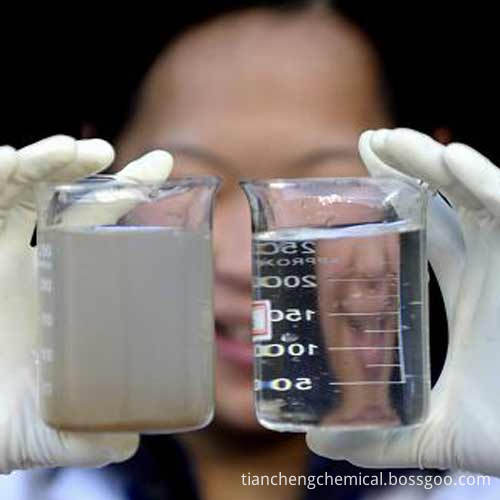Secondly, improper management of fertilizer and water will also affect the normal color change of the fruit. In the case of planting water to fill the foot, the first spikes are generally not topdressed and watered before sitting. If the soil is too dry, you can pour small water on a sunny morning. The topdressing and watering should be carried out in the sunny morning. After the watering, the greenhouse will be closed and the air volume will be increased after the temperature rises. When the second ear fruit is expanded, the fertilizer is applied once again, and the amount of fertilizer is the same as the first time. When the tomato fruit is inflated, water is poured every 7 to 10 days, and the amount of water should be uniform. Again, wipe the shed film in time, remove the old leaves, and disease the leaves. When the tomato fruit is basically long enough, the lower leaves can be removed, and the diseased leaves should be removed in time to increase the ventilation and light transmission, and the fruit is normally colored. Solution: According to the above reasons, we can strengthen the management of various farms and create good environmental conditions for the normal coloration of tomatoes. After entering the ninth winter, the tomato does not turn red because of the temperature, and the redness of the medicinal agent before picking is an effective measure to promote the early listing of tomatoes. However, in the actual red-hot process, the growth of the plants is often inhibited due to improper handling, and some phytotoxics are also present. Therefore, the following issues should be noted when using the agent to redden: (1) Red is not too early. Generally, the red color is best when the fruit is fully grown. If the fruit is still in the mature stage, it is not fully grown, and it is eager to redden the red fruit and easily appear uneven coloration phenomenon. (2) The concentration of the drug should not be too high. Tomato reddish is mostly used 40% ethephon, 4 kg per 50 ml of ethephon water, mixed and used. If the concentration of the liquid is too high, it will damage the leaves at the base of the plant, making the leaves yellow and producing obvious symptoms of phytotoxicity. (3) The number of red fruits per plant should not be too much. The fruit of a single reddish is generally 1 to 2 per well. Because a single plant has too many red fruits, it is easy to produce phytotoxicity when the plant is over-medicated. (4) The liquid should not be contaminated with leaves. If the liquid contaminates the leaves, it will cause the leaves to yellow and fall. The specific method of reddening is to use a small sponge to dip the liquid and apply the surface of the fruit. You can also put on the cotton gauze dipping liquid and apply the surface of the fruit.
Wastewater treatment is a process used to convert wastewater-which is water no longer needed or suitable for its most recent use-into an effluent that can be either returned to the water cycle with minimal environmental issues or reused. It takes an important part in improve our environment.
Wastewater Decolorant,High Chroma Wastewater Decolorization,Color Wastewater Decolorization,Industry Wastewater Decolorant Shandong Tiancheng Chemical Co., Ltd. , https://www.tianchengchemical.com
First, unsuitable temperature is the main cause of poor coloration of tomato fruit. Tomatoes prefer a cool and dry climate. The temperature difference between day and night is large in the growth period. The lower the night temperature, the earlier the flower bud differentiation. The lower the first inflorescence, the more flowers. The temperature requirement of tomatoes varies with each growth period, and the temperature at the germination period is 28 to 30 ° C. If it is lower than 10 ° C or higher than 40 ° C, it is not easy to germinate. The flowering period is preferably 15 to 30 ° C, lower than 15 ° C or higher than 35 ° C, and the flower development is poor and the results are affected. When the temperature is between 18 °C and 26 °C, the fruit coloration is best. When the daily temperature is higher than 32 °C, the fruit grows and matures quickly, and the formation of lycopene is hindered and affects the coloration. When the temperature is too low, it will seriously affect the coloration of the fruit. At present, if the insulation effect of the greenhouse is not good, the shed temperature cannot be normally colored when it is lower than 12 °C. 
How to make tomatoes color well in cold weather
Total 1 | <First <Prev 1 Next> Last> |
share to: